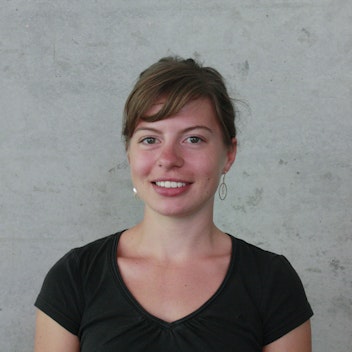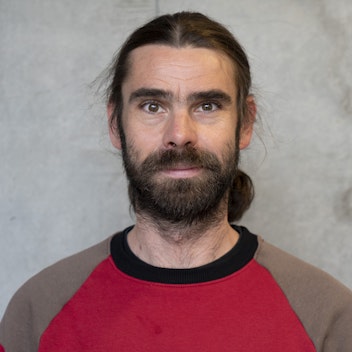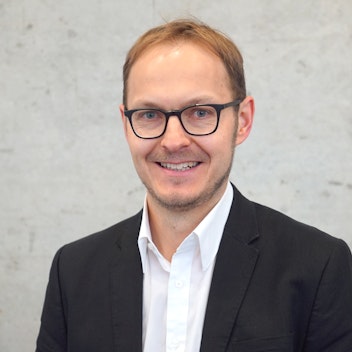Institute for Biomedicine - News & Events - The impact of the inaccessible genome on genotype imputation and genome-wide association studies
The impact of the inaccessible genome on genotype imputation and genome-wide association studies
A case study from our CHRIS study
Our new study, just published in Human Molecular Genetics - Oxford University Press, suggests that genotyping, next-generation sequencing (NGS), genotype imputation, and downstream analyses such as GWAS are systematically biased in inaccessible regions, due to missed variants and spurious associations.
This could have significant implications for medical research, as it might affect the identification and understanding of genetic factors in various diseases.
In this study our research team systematically evaluated how variants in inaccessible regions are underrepresented on genotyping chips, imputation reference panels, variant databases and in GWAS results and discovered that, normalized by region size, only 4-17% of variants are located in inaccessible regions.
The case study from our CHRIS study demonstrated an association located in an inaccessible region that is driven by genotyped variants and cannot be reproduced by imputation in GRCh37.
To assist researchers in assessing gene and variant accessibility, the team has developed an online application: https://gab.gm.eurac.edu/
This tool allows researchers to query a particular target and determine the best experimental setup. If the target region is indeed inaccessible, the researcher should be aware that genotyping followed by imputation, as well as next-generation sequencing, may not adequately cover the target.
Read the full artiche here: https://doi.org/10.1093/hmg/ddae062













